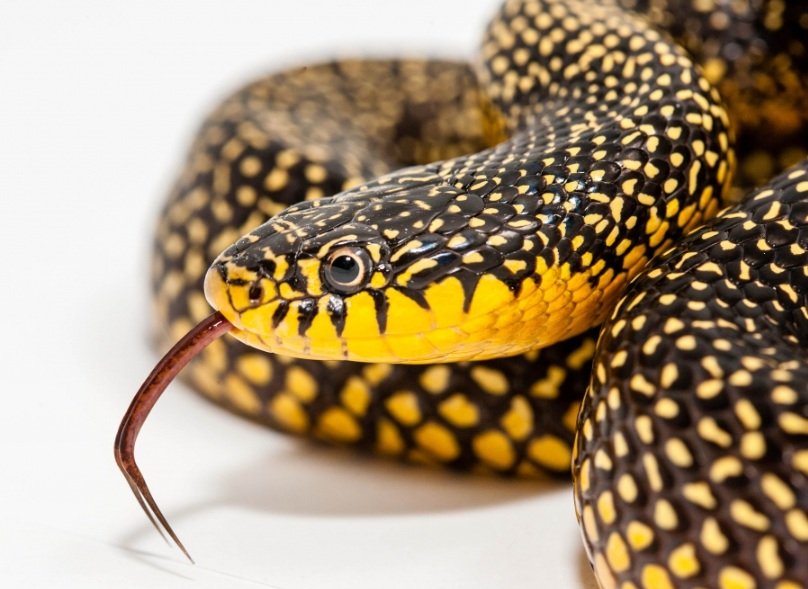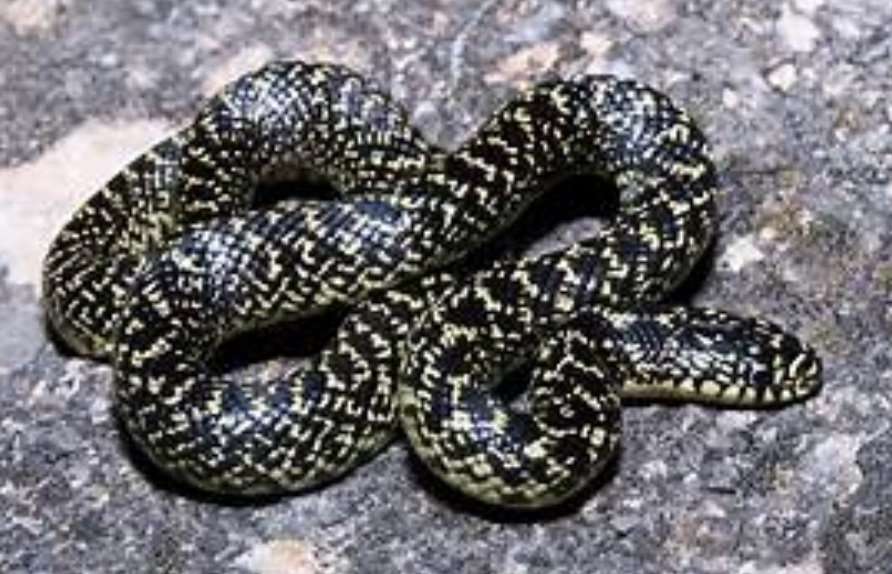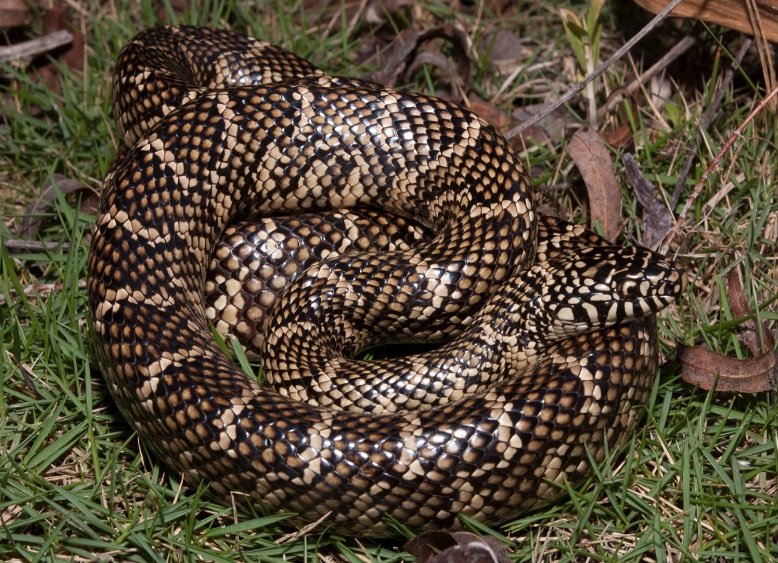
Intriguing Speckled Kingsnakes: Unique Reptiles of the Southern United States
With their unusual look, varied food, and intriguing habits, speckled kingsnakes are fascinating animals. Contrary to their name, they feature a speckled pattern rather than being completely covered in speckles. These snakes regulate the numbers of tiny animals, such as rodents and poisonous snakes, which is beneficial to the habitats in which they live. Remember to keep a safe distance from any speckled kingsnake you come across in the outdoors, and enjoy the variety of nature’s beauty.
Overview of Speckled Kingsnakes
Spotted Non-venomous reptiles called kingsnakes are found in many parts of the southern United States. These snakes can be identified by their distinctive appearance, which consists of a black or dark brown background with light-colored patches or speckles scattered throughout their bodies. They are quite good at hiding in their native environment because of their speckled design, which helps them blend in with their surroundings.
Physical Characteristics and Hunting Behavior
Speckled Kingsnakes have a maximum length of 3 to 4 feet, with some individuals reaching up to 6 feet. Their head is pointed, and their body is slim with smooth scales. Since these snakes are constrictors, they encircle and squeeze their victims until they suffocate. They mostly eat rats, birds, and other small creatures that they can easily subdue.
Ecological Importance and Behavior
Speckled kingsnakes are beneficial to ecology because they help regulate rodent populations, which can be a nuisance to people. These snakes are normally calm and will only attack if they feel threatened, despite their frightening appearance. If you come across them in the wild, it’s better to keep your distance and try not to agitate them. All things considered, spotted kingsnakes are crucial to preserving the equilibrium of their natural habitat.

Fascinating Facts about Speckled Kingsnakes
Appearance and Size of Speckled Kingsnakes
Although some individuals may grow as long as five feet, speckled kingsnakes are medium-sized snakes that often reach lengths of three to four feet. Their silky scales cover a slim body, and their color varies widely depending on the area they live in. Their name derives from the most prevalent hue, which is a dark brown or black backdrop with orange or yellow speckles. On the other hand, some people could be more gray or reddish in tone.
Habitat and Distribution of Speckled Kingsnakes
The southeastern United States, which includes states like Florida, Georgia, Alabama, and Mississippi, is home to these snakes. They inhabit a range of environments, such as grasslands, wetlands, woodlands, and even residential areas. Speckled kingsnakes are skilled climbers and can be found in trees, bushes, and on the ground.
Feeding Habits and Hunting Techniques of Speckled Kingsnakes
As constrictors, speckled kingsnakes immobilize their victims by encircling them with their bodies and holding tight until the victim is unable to breathe. These snakes have a wide range of prey, and they have been seen to consume rodents, lizards, birds, and even other snakes. Since they are resistant to the venom of poisonous snakes like rattlesnakes and copperheads, they are very skilled at hunting them. Speckled kingsnakes utilize their excellent sense of smell to find their prey while they are hunting. They detect odor particles in the air using their tongues and then evaluate these odors with an organ known as the Jacobson’s organ to pinpoint the position of their possible food.
Behavior and Defense Mechanisms of Speckled Kingsnakes
Speckled kingsnakes are normally peaceful and non-aggressive toward people, despite their frightening looks. They could attempt to flee or use their camouflage to blend in with their environment if they feel threatened. Their defense mechanisms include hissing, vibrating tails, and striking when cornered or provoked. However, they do not pose a serious risk to people because they are not poisonous.

Reproduction and Life Cycle of Speckled Kingsnakes
Speckled kingsnakes, as oviparous animals, lay eggs. Female snakes will deposit a clutch of five to fifteen eggs in the spring or early summer in a secret spot, such as an underground burrow or decaying wood. After that, the eggs must incubate for 60 to 70 days in order to hatch. From birth, the hatchlings are self-sufficient and have to fend for themselves.